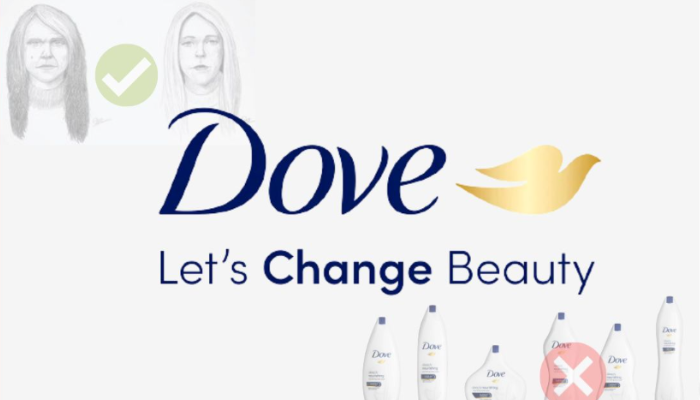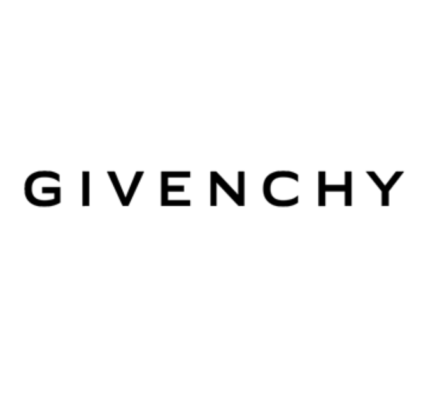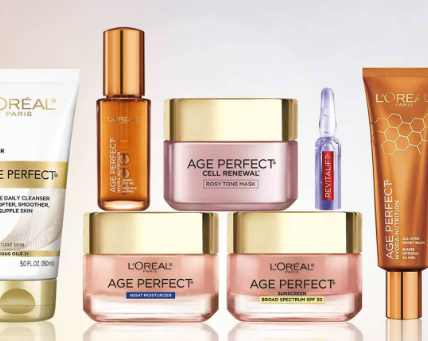For more than a decade, Dove has stood out as one of the most powerful examples of brand-building in the modern world. What began as a $200 million soap brand in the early 1990s has grown into a global powerhouse worth nearly $4 billion today. Competing in a crowded beauty market filled with well-funded rivals, Dove has achieved something rare: it changed how women are portrayed, and just as importantly, how they see themselves.
A Campaign That Shifted Culture
In 2004, Dove and Ogilvy & Mather launched what would become the famous “Campaign for Real Beauty.” Originating in Brazil, the campaign challenged narrow, unrealistic beauty standards and encouraged women to recognize their own natural beauty.
One of its most unforgettable pieces featured a forensic sketch artist who drew women twice—first based on their own descriptions and then based on how strangers described them. The difference was striking. The sketches inspired by strangers were far more flattering, leading to the campaign’s powerful message:
“You are more beautiful than you think.”
The concept struck a global nerve. The first two videos earned more than 35 million views in two weeks, proving that the campaign wasn’t just advertising—it was a movement.
More Than Marketing: A Higher Purpose
Although Dove’s business success can be linked to smart strategies like brand extensions, product innovation, and global expansion, its cultural impact played an equally important role. The brand set out to redefine beauty beyond the typical “model-thin, heavily edited” ideals seen in mainstream media.
Early ads featured real women—older, fuller-bodied, or wrinkled—who still radiated confidence and charm. Billboards even asked viewers to vote on whether a model was “Fat or Fab?” or “Wrinkled or Wonderful?” with live results updated in real time. These bold messages pushed people to rethink their own assumptions about beauty.
Empowering Girls Through Real Programs

Dove didn’t stop at ads. Since 2002, the brand has partnered with the Girl Scouts of the USA, designing programs that promote self-esteem and leadership for tweens and teens. Through initiatives like uniquely ME! and It’s Your Story – Tell It!, Dove helped girls build healthier relationships with beauty and confidence.
In 2010, the brand launched the Dove Self-Esteem Weekend, encouraging mothers and mentors to talk openly with girls about body image, confidence, and self-worth. By 2015, Dove aimed to reach 15 million girls worldwide, reinforcing its commitment to long-term social change.
Why the Campaign Resonated So Deeply
The Real Beauty campaign worked because it addressed a genuine emotional concern—how women feel about their appearance. It also sparked empathy by highlighting the struggles of young girls dealing with insecurity and low self-esteem.
In doing so, the campaign gave Dove a higher purpose. The brand wasn’t simply selling products; it was taking a stand. Customers felt that Dove shared their values and understood their experiences, creating a deeper bond between brand and audience.
Staggering Impact and Results
Some estimates suggest that Dove’s Real Beauty efforts delivered returns 30 times greater than the amount spent. The award-winning “Evolution” ad, which revealed the intense makeup and digital editing behind the “perfect” model look, generated more than $150 million in unpaid media exposure.
Sales rose, brand loyalty strengthened, and customer recommendations increased. Yet perhaps the most compelling evidence of success is the brand’s long-lasting growth and global presence.
As Nike founder Phil Knight once said when addressing critics:
“The goal was not to avoid being disliked but to connect to the target.”
Dove embodied that philosophy perfectly.
The Business Strategy Behind the Movement
While the campaign sparked emotional connection, Dove’s product strategy delivered practical value. The brand expanded from soaps into body washes, shampoos, skincare, deodorants, and eventually men’s grooming with Dove Men+Care.
These innovations were grounded in science—like Dove Nutrium technology, which deposits nutrients and lipids on the skin. Each category extension came with clear benefits, helping the brand maintain credibility as it grew.
Additionally, Dove expanded globally from a handful of markets to more than 80 countries, supported by consistent messaging and the powerful Real Beauty mission.
Final Thoughts: How Dove Built a Modern Icon
Dove’s rise wasn’t accidental. It was the result of deep research, expert input, and a willingness to address sensitive, emotional issues with honesty and courage. The brand’s Global Advisory Board—even today—helps guide its self-esteem programs and ensure they remain impactful.
Most companies struggle to nurture big ideas or allow creative thinking to flourish. Dove did the opposite. It encouraged groundbreaking thinking, embraced bold storytelling, and remained committed to a higher purpose.
As a result, Dove became more than a soap brand.
It became a trusted voice, a cultural force, and one of the most impressive brand builders of the modern era.





